Are you ready to elevate your Pilates practice? Choosing the right footwear can dramatically impact your performance, comfort, and overall experience. Let’s dive deep into what shoes are ideal for Pilates and how to select the best pair for you!
Why the Right Shoes Matter in Pilates
Pilates is all about precision and control, focusing on core strength, flexibility, and balanced posture. The shoes you wear can greatly influence your ability to execute movements with clarity and stability. Unlike traditional workouts, where running shoes or cross-trainers might suffice, Pilates requires footwear that allows for better foot articulation and grip.
The right shoes help prevent injuries, enhance performance, and provide the necessary support for your feet. Whether you’re using a reformer or practicing mat Pilates, understanding the importance of proper footwear can lead to a more effective workout.
Types of Shoes Suitable for Pilates
1. Pilates Socks
Pilates socks are specially designed with grip on the soles to prevent slipping. They are typically made from breathable materials that allow your feet to stay cool during intense sessions. These socks are perfect for those who prefer a barefoot feel while still maintaining some level of protection and grip.
Pros:
- Enhanced grip on the surface.
- Breathable and comfortable.
- Allows for natural foot movement.
Cons:
- Less support than traditional shoes.
- Not suitable for outside workouts.
2. Minimalist Shoes
Minimalist shoes are designed to mimic the feeling of being barefoot while still providing some protection. They usually have a flexible sole and a low heel-to-toe drop, making them ideal for Pilates. Minimalist shoes allow your foot to move naturally, which is crucial for many Pilates movements.
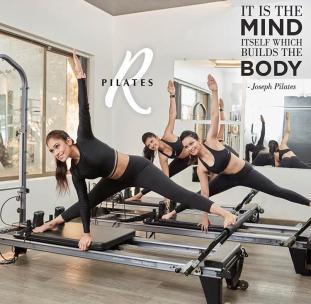
Pros:
- Promotes natural movement.
- Lightweight and comfortable.
- Good feedback from the floor.
Cons:
- May not provide enough cushioning for all users.
- Transitioning to minimalist shoes can take time.
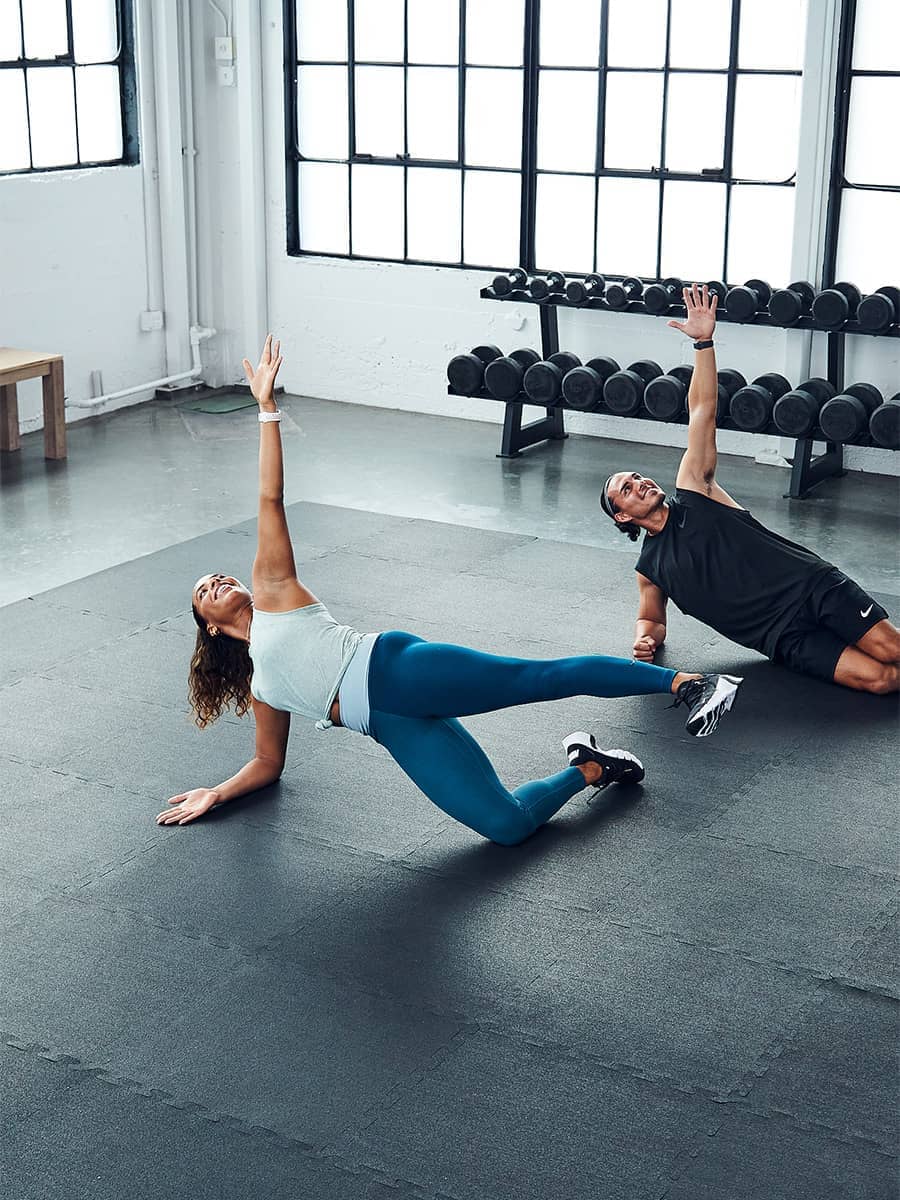
3. Cross-Training Shoes
Cross-training shoes offer more support and cushioning compared to minimalist or Pilates socks, making them suitable for those who engage in various forms of fitness training, including Pilates. They provide a good balance between support, flexibility, and grip, which can enhance your performance.
Pros:
- Versatile for multiple activities.
- Provides ample support and cushioning.
- Durable for varied surfaces.

Cons:
- Can be heavier than other options.
- May hinder certain exercises if too bulky.
Top Shoe Recommendations for Pilates
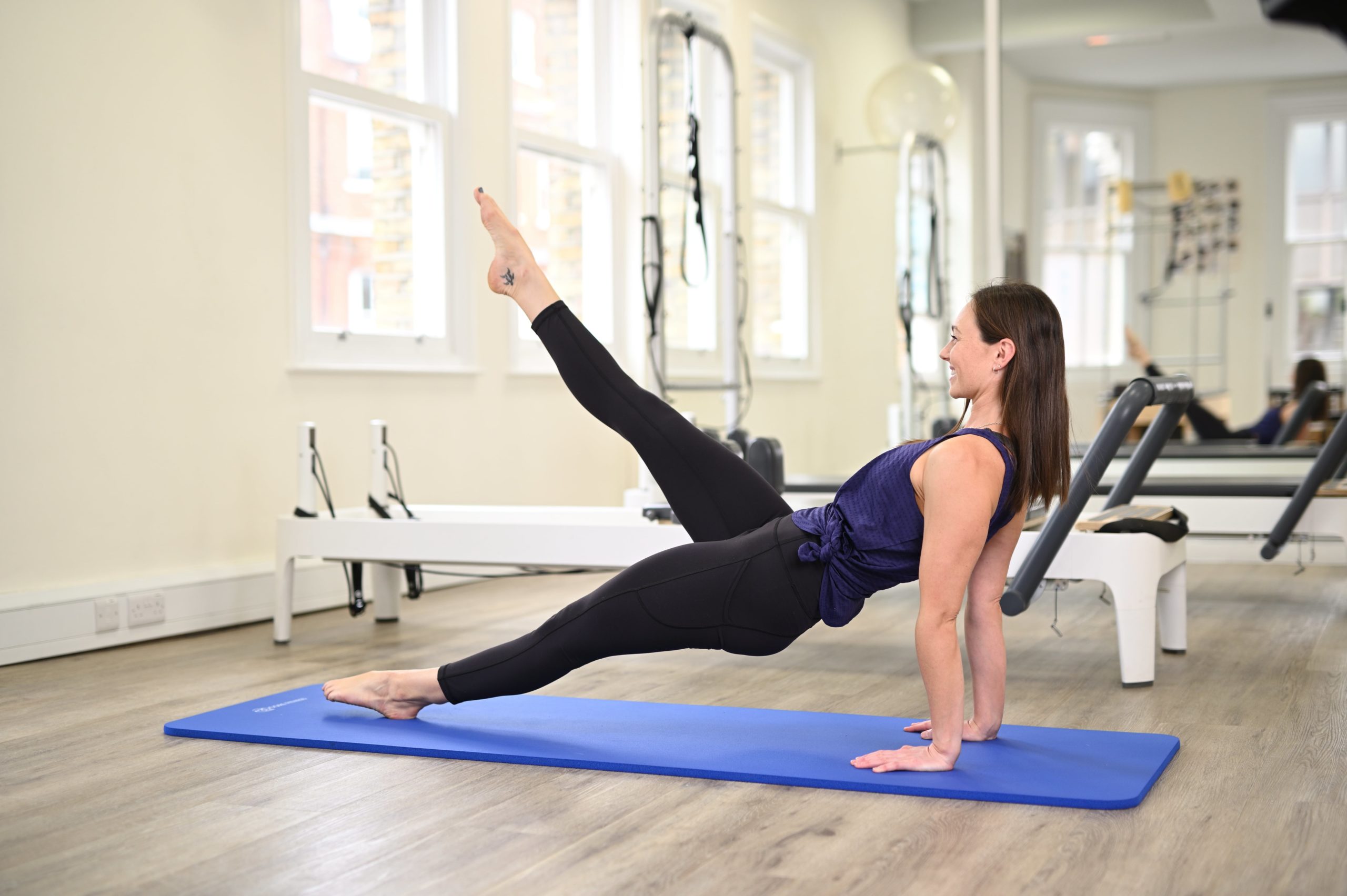
1. ToeSox Grip Socks
ToeSox grip socks are a favorite among Pilates enthusiasts. They feature individual toe compartments for a barefoot feel while incorporating grips on the bottom for stability. Users rave about their comfort and versatility, making them suitable not just for Pilates but also for yoga and barre.
Key Features:
- Non-slip grip on the sole.
- Made from organic cotton for breathability.
- Toe separators promote natural toe alignment.
2. Vibram FiveFingers
For those looking for a minimalist approach, Vibram FiveFingers offer a unique design that allows your feet to move naturally while providing some protection. Many users appreciate the flexibility and grip this shoe offers, making it a solid choice for Pilates.
Key Features:
- Individual toe compartments enhance flexibility.
- Lightweight and breathable material.
- Excellent ground feel for better balance.
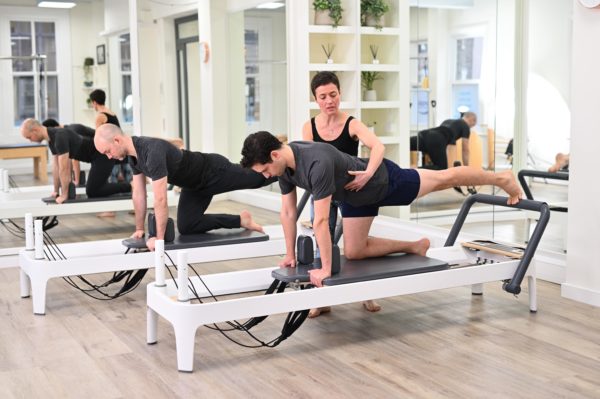
3. Nike Free RN
The Nike Free RN is a popular choice among cross-trainers that also enjoy Pilates. This shoe offers a snug fit with ample cushioning and flexibility, making it suitable for various workouts.
Key Features:
- Dynamic Fit technology for a glove-like feel.
- Lightweight mesh upper for breathability.
- Flexible outsole for natural foot movement.
Comparison Table of Recommended Shoes
| Footwear | Type | Grip | Breathability | Support |
|---|---|---|---|---|
| ToeSox Grip Socks | Socks | High | Excellent | Low |
| Vibram FiveFingers | Shoes | Medium | Good | Medium |
| Nike Free RN | Shoes | Medium | Excellent | High |

Real-World Footwear Experiences
To add a personal touch, let’s dive into some real-world experiences from Pilates practitioners who’ve tested various footwear options.
Case Study 1: Sarah’s Transition to Minimalist Shoes
Sarah, a 30-year-old fitness instructor, switched from traditional cross-training shoes to minimalist footwear after noticing discomfort during her Pilates sessions. After a few weeks of adjustment, she found that her balance improved significantly, and she could engage her core more effectively. She especially enjoyed how her feet felt grounded while performing balance-focused exercises.
Case Study 2: John’s Love for Grip Socks
John, a longtime Pilates enthusiast, shares his love for ToeSox grip socks. “I used to slip all the time during my workouts, but these socks completely changed my experience,” he explains. For him, the balance and grip they provide make a massive difference, particularly in reformer classes. He appreciates their versatility, stating, “I can wear them for yoga too; they’re just perfect!”
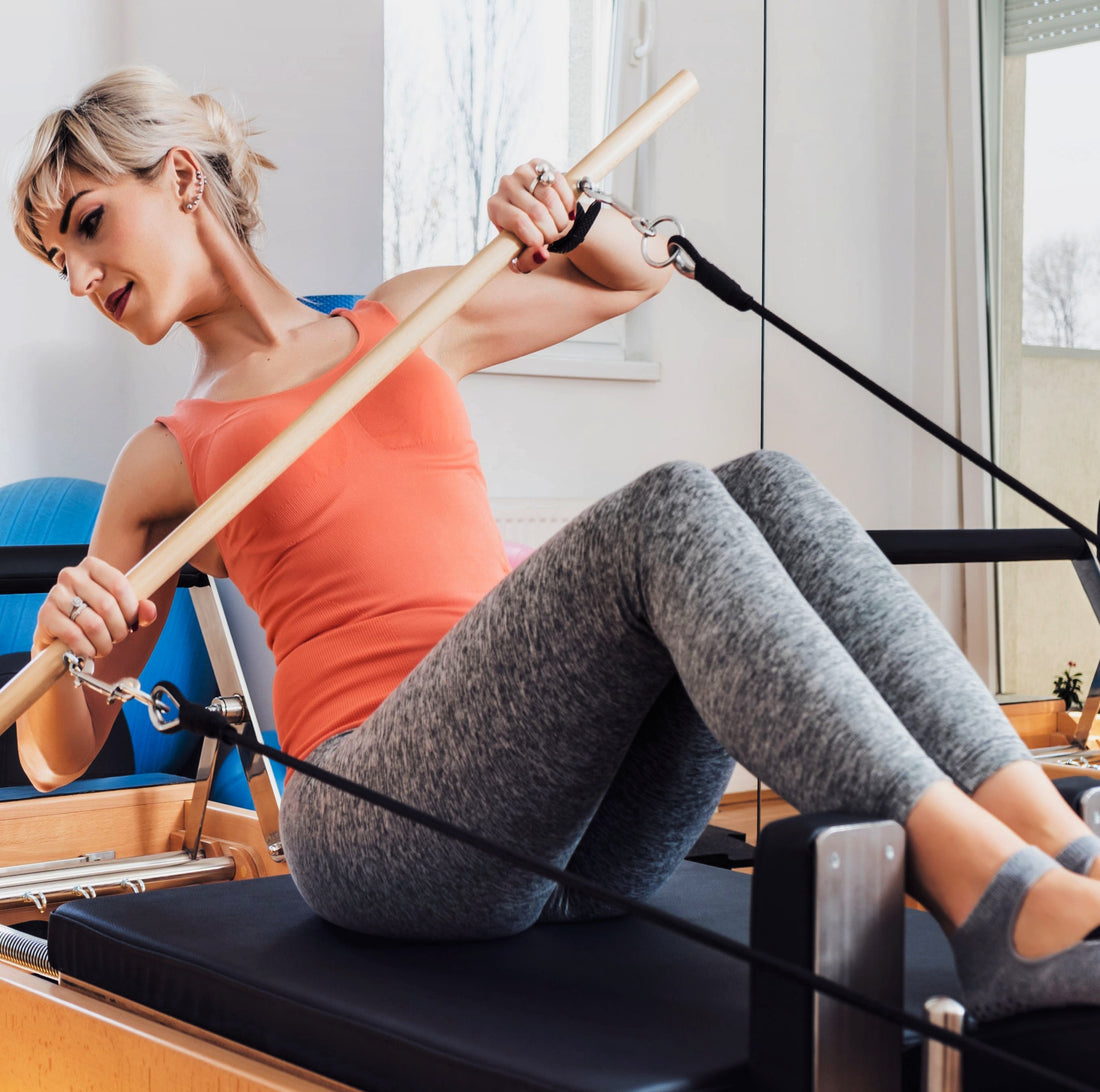
Tips for Choosing the Right Pilates Shoes
Here are some essential tips to keep in mind when selecting footwear for your Pilates practice:
1. Know Your Foot Type
Understanding your foot shape—whether you have flat feet, high arches, or a neutral foot—will help guide your choice. Certain shoe types cater to specific foot shapes, providing better support and comfort.
2. Consider the Studio Surface
Different Pilates studios may have varied flooring (e.g., hardwood, carpet, rubber). Choose footwear that offers suitable grip and stability for the type of surface you’ll be working on.
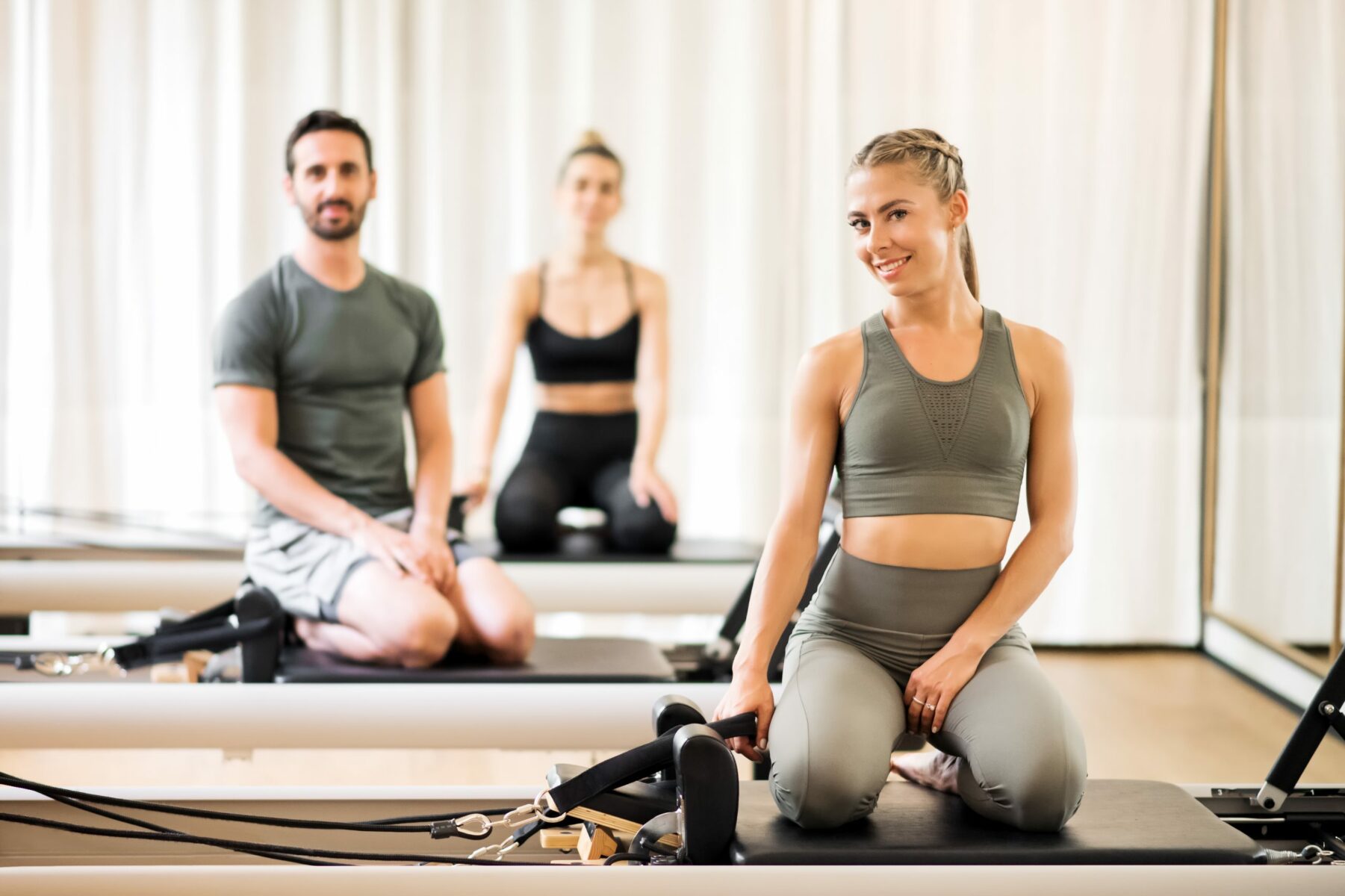
3. Think About Class Intensity
If you’re taking high-intensity classes, opt for shoes that offer more support and cushioning. Conversely, for low-impact sessions, minimalist options may suffice.
4. Try Before You Buy
Always try on shoes before purchasing. Walk around and test flexibility to ensure comfort. Many stores allow returns, so consider trying them out during a class.
FAQs: Shoes for Pilates
1. Can I do Pilates barefoot?
Yes, many practitioners prefer doing Pilates barefoot for better foot articulation and balance. However, if you have concerns about hygiene or need extra grip, consider wearing Pilates socks or minimalist shoes.
2. What if I have flat feet? What kind of shoes should I look for?
Individuals with flat feet should opt for shoes that provide arch support. Look for cross-training shoes with good cushioning and stability. Minimalist footwear can also work if they offer sufficient support.
3. Are there any specific brands recommended for Pilates shoes?
Some popular brands include ToeSox, Vibram, Nike, and Adidas, all known for their excellent grip and support suitable for Pilates.
4. Is it necessary to buy special Pilates shoes?
It’s not necessary to buy specific Pilates shoes, but investing in quality footwear can enhance your practice, providing comfort, support, and grip that regular shoes might lack.
5. How do I prevent blisters when wearing new shoes for Pilates?
To prevent blisters, ensure you wear the right size and break in new shoes gradually. Consider wearing moisture-wicking socks, and using blister cushions if necessary.
6. Can I wear my running shoes for Pilates?
While you can wear running shoes for Pilates, they may not offer the best stability or flexibility needed for Pilates movements. Opt for shoes designed for cross-training or minimalist styles for a better experience.
7. Should I consider my arch type when choosing shoes?
Yes, your arch type plays a vital role in comfort and support. Ensure you choose shoes that align with your specific arch type—flat, neutral, or high.
8. How often should I replace my Pilates shoes?
Replace your Pilates shoes or socks when you notice significant wear or loss of grip. Generally, every 6-12 months is a good guideline, depending on your usage frequency.
9. Can I use the same shoes for yoga?
Yes, many Pilates shoes are suitable for yoga as well, especially grip socks. However, if you prefer more cushioning for yoga, consider using dedicated footwear for both practices.